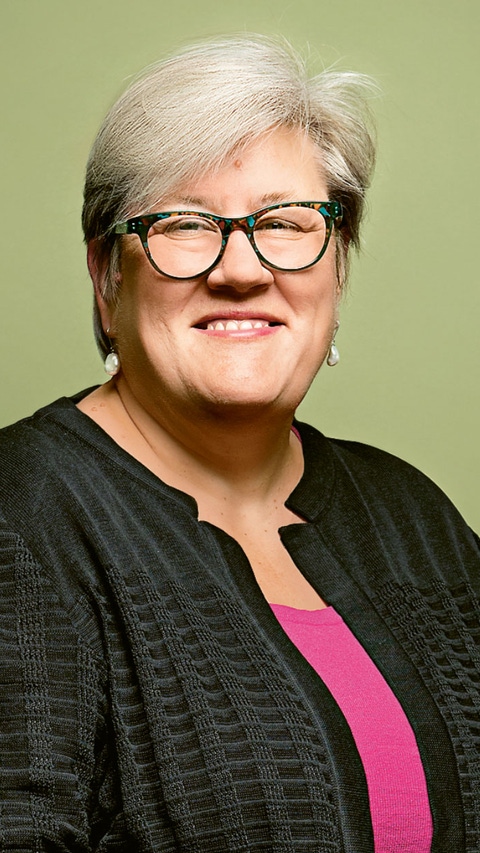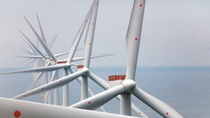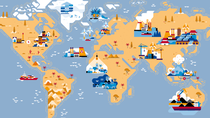Magazine
Clean energy powers progress
How can the world’s poorest people access the energy they need for health, education and economic progress? Rachel Kyte makes the case for an integrated approach that puts the needs of end-users first.
Today, 840 million people around the world still do not have acess to electricity, and 2.9 billion people, more than one-third of the population, must burn wood, coal or agricultural waste to cook and heat their homes, according to the latest data from the World Bank. Lack of access to clean, reliable energy has a profound impact on health, welfare and economic prospects. Can the world find a way to close the energy gap?
Creating Chemistry: Why is energy such an important topic for developing countries?
RACHEL KYTE: Ban Ki-moon, when he was secretary-general of the United Nations, described energy as the “golden thread” that runs through every other development goal. It is difficult, if not impossible, to deliver any form of development without energy. You need energy to provide healthcare, you need energy to heat, cool and light schools, and energy for the industry to make the things and create the jobs that we need. Yet in many developing countries, the centralized electricity grids perform poorly and do not reach large parts of the population.
How are countries addressing these long-standing problems?
Rather than taking the traditional top-down approach to energy infrastructure planning, a few countries with large energy access gaps have been able to flip the question and ask, “Who doesn’t have access to energy, and what access do they need in order to be productive within the economy?” Instead of spending millions of dollars to push extra gigawatts into a grid that
loses lots of energy – and probably doesn’t reach those end users anyway – you start to think about mixed solutions with a combination of centralized and decentralized approaches. Decentralized systems use local generation, often from renewable sources – mini and micro-grids for communities and institutions down to solar home systems at the household level. Sometimes these provide the only source of energy for communities beyond the grid, and can also offer resilience alongside grids, especially for low-income and vulnerable communities. Countries that have adopted that approach have made rapid progress.
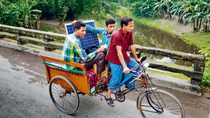
Which countries have made the most progress?
Ethiopia is an interesting example. The last few years were dominated by the construction of mega-dams on the Nile. But the Ethiopians realized that a large number of their citizens, particularly in rural areas, don’t have access to the energy they need. So now Ethiopia is building out ambitious plans using decentralized renewable energy in those parts of the country.
Another good example is Kenya. In 2002, less than 20 percent of the country’s population had access to electricity. By 2018 that figure had reached 70 percent, depending on the data source. By any measure, that is great progress. It did that by embracing geothermal, wind and solar power at scale. Kenya has also benefited from its well-established “mobile money and electronic payment” systems. The country has become the world’s crucible of learning for decentralized home solar systems and microcredit, where you pay by the unit of energy using your mobile phone.
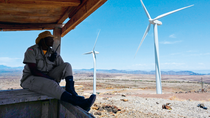
Which other regions are adopting innovative approaches?
There are examples of new approaches all over the world. Chile and Argentina have both run very substantial programs, bidding out energy contracts that have been won by renewable energy contractors. That has allowed them to expand the availability of reliable, affordable, clean energy. Bangladesh has used a different model, with rural electrification agencies, which provide households with small-scale solar power systems at low cost.
Will the developing world’s energy systems evolve differently from those elsewhere?
Yes. I believe there are several trends that will shape the development of these energy systems. First, there is decentralization, which will help with the provision of energy to remote communities, to large rural communities and even to shanty towns on the edge of major urban areas. Those systems may operate independently of the grid, or may work as a complement to it, improving the resilience of the energy system.
Then you have digitalization, which allows you to provide energy at greater levels of efficiency and enables you to take an Internet of Things approach, using devices and appliances that adapt automatically to changes in the price and availability of power. We are already seeing a lot of interest in developing countries in those types of technologies.
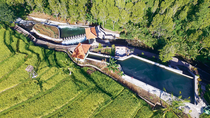
What about pollution?
That is the third big trend. These countries want to enable access to energy, but they don’t want to have the air-quality and pollution problems that the developed world has. The good news is that the prices of solar and wind power have both tumbled over recent years, and the price of storage is now falling too. Countries are asking whether they can leapfrog from their fossil-fuel powered, centralized energy systems to grid connected, scaled modern renewables.
With storage and the huge renewable energy resources that many of these countries have, they could become energy exporters. Morocco is already exploiting concentrated solar power in solar thermal power plants. It doesn’t just deliver a high level of energy provision within the country. It also positions Morocco as a strategic exporter of energy.
I would like to see countries creating integrated energy plans, with a real focus on the needs of the end user.”
As both the developed and developing worlds decarbonize their energy systems, will they use different technologies?
I think there will be some important differences. The Indian support for the International Solar Alliance, for example, is driven by the vision of exploiting solar energy in the tropics, which is where the most intense sunlight is available. They are looking at a range of different ways of capturing that energy. Another important topic is to find effective ways of using solar energy for cooking, both at large scale and at the level of the individual household.
Beyond electricity, do countries also need to focus on the availability of other types of energy?
Certainly. The availability of cleaner cooking fuels is one important area. And whereas sustainable transport in the developed world tends to focus on the electrification of private cars, in the developing world it is trucks and buses that are far more important for moving people and goods around cities.
Finally, there is a pressing need for cooling technologies that are hyper-efficient, hydrofluorocarbon-free and reasonably priced. With a rising population, increased urbanization and a hotter planet, cooling will be the difference between life and death in places such as Southeast Asia and West Africa.
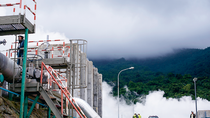
What do you see as the most urgent energy priorities for governments, development agencies and other stakeholders?
The coronavirus crisis has revealed how poor energy provision creates a lack of resilience in societies and economies. You can’t protect your population if your clinics don’t have power, or if you can’t keep vaccines cool. I think governments – even the poorest – are recognizing the need to invest in their energy systems. First steps do not need to cost an exorbitant amount. Prioritizing the delivery of reliable, affordable energy into healthcare settings would be a great place to start.
What actions should those bodies take over the long term to promote clean, accessible and reliable energy?
Countries should take care of their regulatory frameworks, so providers of decentralized energy technologies can operate alongside the centralized electricity grid. I would like to see countries creating integrated energy plans, with a real focus on the needs of the end user. Such plans would help countries to direct the big investments, such as large-scale renewables or improvements to national and international grid connections. They would also help the allocation of resources at the local level, in distributed energy programs, energy-efficiency measures and low-tech climate-resilient architecture. The significance of those smaller-scale efforts should not be underestimated. They do a lot to improve resilience and they create a lot of jobs. And that is exactly what the world needs as it charts its recovery from the current crisis.
